AO Edited
Underground Project 131
This Cold War–era underground city includes offices for Mao Zedong and Lin Biao.
In the late 1960s, as tensions were increasing on the border between Russia and China amid the threat of nuclear war, Mao Zedong commissioned underground cities to protect the Chinese people and military from nuclear attack. One such city was Project 131, codenamed for the date it was officially commissioned, January 31, 1969.
Project 131, built beneath a hill in Hubei Province, was intended to accommodate not only the population of the surrounding area, like Beijing’s Underground City was, but also to be a headquarters for the Chinese military. That’s why alongside blast doors, the bunker city included offices for Mao Zedong and his second in command, Lin Biao, plus military facilities like a council room and a communications center, and living quarters, schools, restaurants, and shops.
General Huang Yongsheng, the Chief of Staff of the People’s Liberation Army, who lived in nearby Xianning, was put in charge of the project. But in the summer of 1971, after a reported 456 meters of tunnel had been prepared, the project came to an abrupt end. Accused of an attempted coup, Lin Biao died under circumstances that have since been deemed murky, and General Yongsheng, thought to have been in on Biao’s plot, was arrested. Without its supervisor, Project 131 could not go on, and it sat unused for 10 years before local civil authorities turned it into a tourist attraction in 1981.
Today, the site features a hotel and conference facility, and visitors can explore most (but not all) of the largely empty and never-used facilities. In the past, non-Chinese visitors have been allowed in, though asked to pay twice the ticket price as locals, but more recently foreigners have been banned altogether. The site also features the grave of General Yongsheng, a Mao-era museum, and a potted plant garden, all on the surface.
Know Before You Go
Visitors looking for the site should be on the lookout for signs advertising the Chengshuidong Tourist Area, which is also how it is labeled on Google Maps. Chengshuidong translates to "Clear Water Cave."


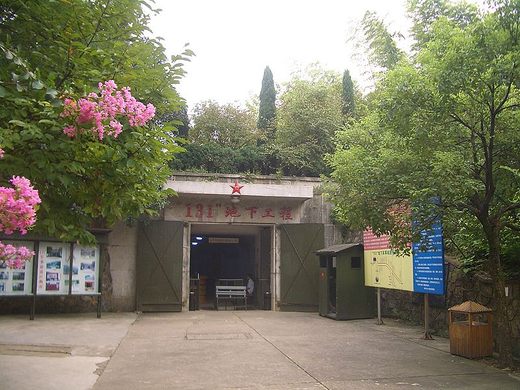
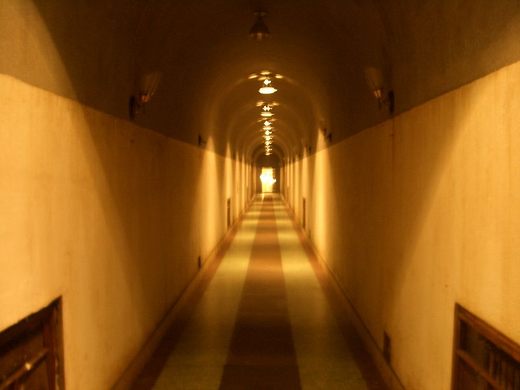
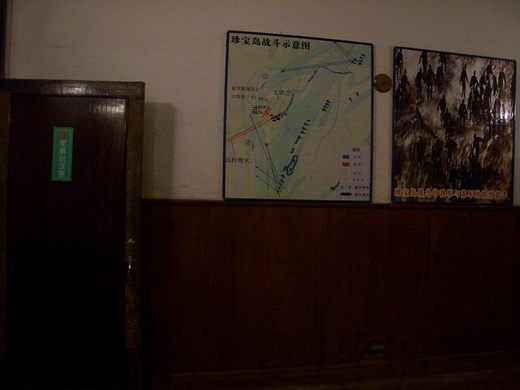
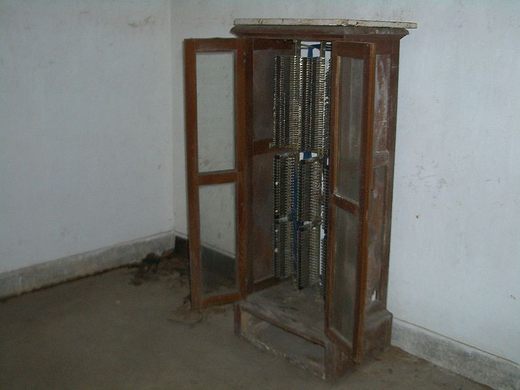
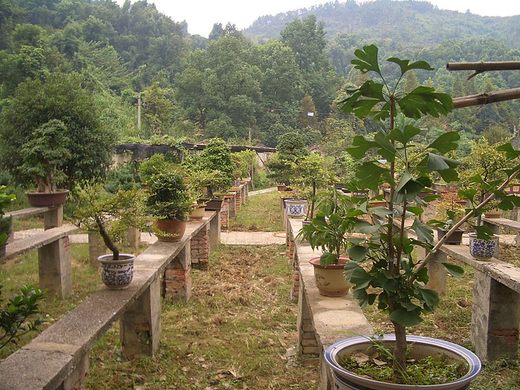
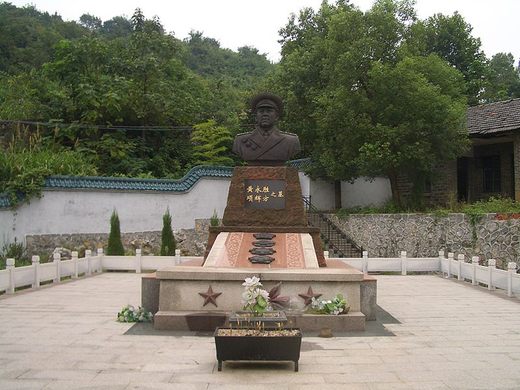





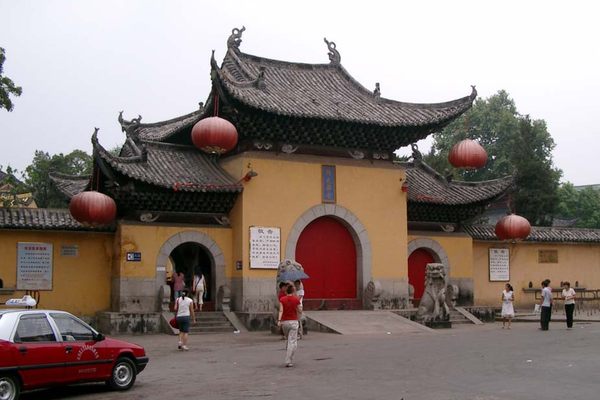
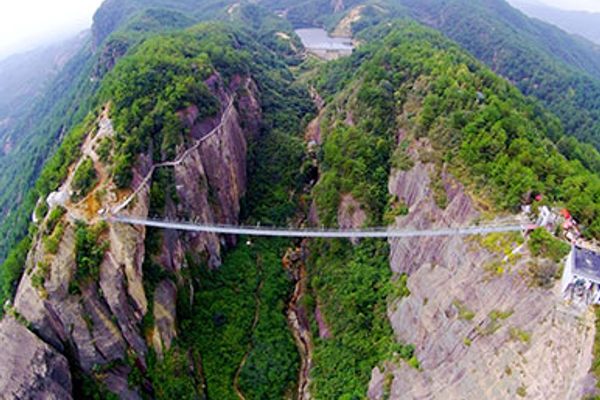


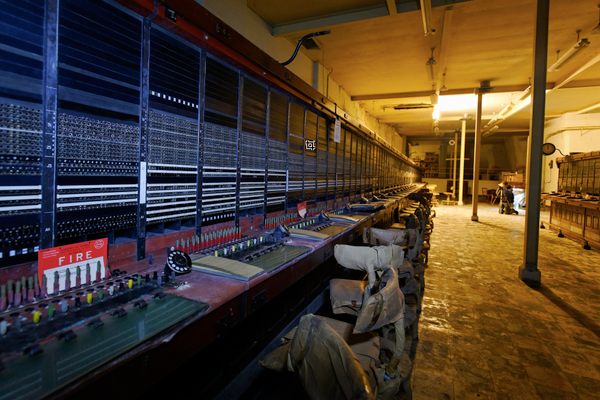

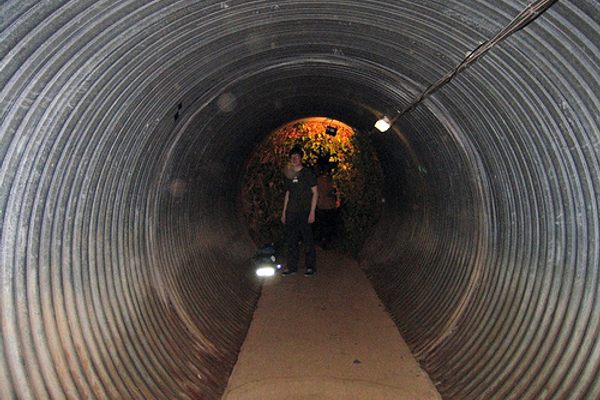


Follow us on Twitter to get the latest on the world's hidden wonders.
Like us on Facebook to get the latest on the world's hidden wonders.
Follow us on Twitter Like us on Facebook